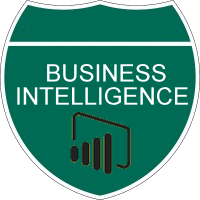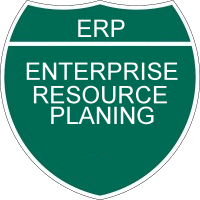What We Offer




Business solutions are
special to each Company. Applications, Databases must be Customized
so it fits your productivity and company requirements. Even your
IT-Infrastructure runs only 24/7 if you work with the right
Maintenance for it.
Overback Consulting just the
right stop for your Business. Concentrated on your needs. We do our
job for you. Overback Consulting is part of the Overback group which
is located in diversified portfolios.
We analyze your needs and
provide a complete competitive solution to your Company. We analyze
your IT structure and bring you the best solution for your needs.
Our Team can meet you within
48 hours depending on your location or remotely within minutes.
Overback Consulting your
partner in business solutions.





